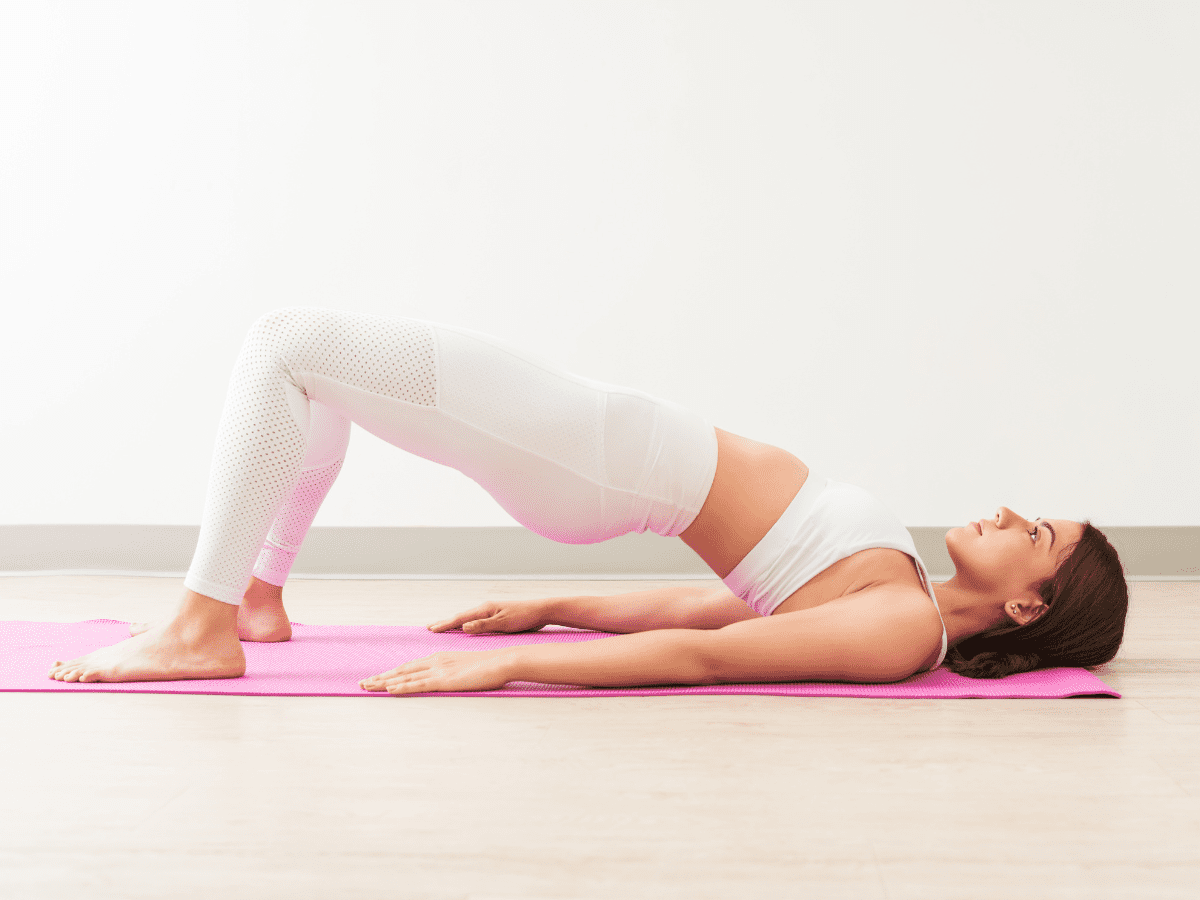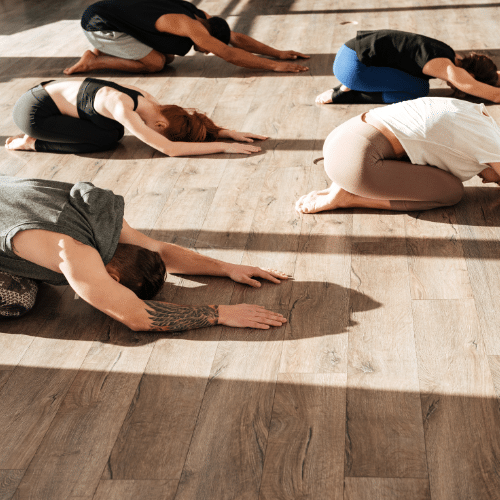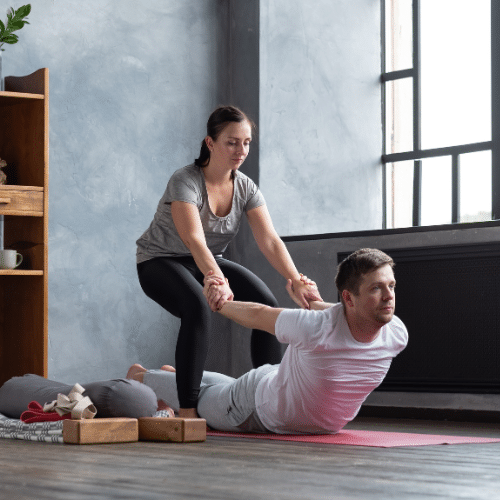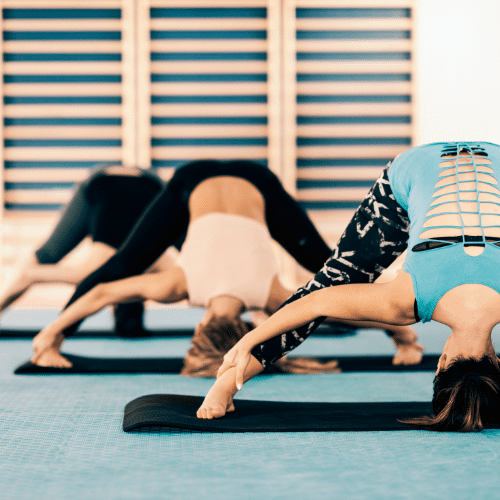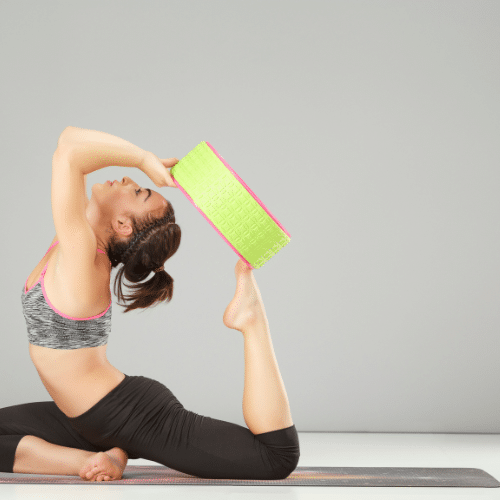The Bridge pose is one of the most popular yoga poses practiced in classes. Most refer to the pose as “the bridge” because it resembles a bridge, with your body forming a straight line from your knees to your chest.
The Bridge pose is an excellent way to stretch the front of a person’s body, particularly their chest, shoulders, and neck. It’s also a great way to strengthen the back muscles. So if there is any back pain or stiffness, this pose can help to relieve it.
Doing the bridge pose correctly is vital to avoid injury and benefit from it. Here are five tips on how to do the yoga bridge pose, or Setu Bandha Sarvangasana, correctly:
Master the Basics Of Setu Bandha Sarvangasana
Learning the basics is key to mastering any yoga pose, and the bridge pose is no different. Start by lying on your back with your knees bent and your feet flat on the floor.
Then, place your arms at your sides, with your palms flat on the floor. Slowly lift your pelvis and lower back off the floor as you inhale. Use your arms for support if needed.
Hold the pose for a few breaths, then slowly lower yourself to the starting position. You can then repeat the pose a few times if desired.
Start With Proper Support
If you’re new to the bridge pose, it’s a good idea to practice it with the support of a yoga teacher or another experienced practitioner. Having them look at your form and offer guidance can help you avoid injury and maximize the benefits of the pose.
Most people will need a prop when doing the bridge pose, whether a block under their sacrum or a strap around their thighs. This is because it can be challenging to maintain proper alignment in this pose without support. If you have any back pain, you may want to place a pillow under your knees for support.
Know the Preparatory Poses
The bridge pose is a great way to open up the chest and shoulders while lengthening the spine. But before you attempt this pose, make sure you know the preparatory poses. The best poses to do before the bridge are:
- The Cobra Pose: This pose is excellent for lengthening the spine so that it will help you with Setu Bandha Sarvangasana
- The Upward-Facing Dog Pose: This pose is also great for extending the spine and opening up the chest.
- The Hero Pose: This pose will help to open up your hips, which is essential for the bridge.
These poses are just a few that can help you prepare for Setu Bandha Sarvangasana. If you’re unsure which poses suit you, ask your yoga teacher for help.
Be Mindful of Your Core Muscles
When doing the bridge pose, keep your core muscles engaged so that you don’t put too much pressure on your lower back. Also, avoid looking up at your hands or feet if you have neck pain. Instead, keep your gaze focused on a point in front of you.
The transverse abdominis, multifidus, and pelvic floor work together to provide stability and support for the spine. If these muscles are not engaged, you will be unable to maintain good posture and may strain your lower back.
To engage your core muscles, do the basic bridge pose and, as you exhale, draw your navel toward your spine and imagine that you are zipping up a tight pair of jeans. You should feel your core muscles engage as you do this.
Once you have engaged your core muscles, slowly lift your hips off the ground, keeping your legs straight. Hold this position for a few seconds before lowering back to the ground.
Learn Some Variations
If you are a beginner, start with the basic version of the bridge pose and then progress to more advanced variations as you get stronger.
Here are some variations that you can do:
- Basic: Lie flat on your back, feet flat on the ground, and knees bent. Slowly lift your hips off the ground, keeping your thighs and torso in line. Hold for 10 seconds before lowering back down.
- Intermediate: Lie flat on your back, feet flat on the ground, and knees bent. Place your arms at your sides with palms facing down. Slowly lift your hips off the ground, keeping your thighs and torso in line. Hold for 10 seconds before lowering back down.
- Advanced: Lie flat on your back, feet flat on the ground, and knees bent. Place your arms at your sides with palms facing up. Slowly lift your hips off the ground, keeping your thighs and torso in line. Hold for 10 seconds before lowering back down.
Alternatively, you can also try holding a dumbbell or weight in each hand or doing the pose one leg at a time. Remember, you should always consult with a doctor or certified yoga instructor before attempting any new poses for your safety.
Listen to Your Body
Listen to your body, and don’t push yourself further than what feels comfortable. For example, if you feel pain in the knees, hips, or back, come immediately out of the pose.
Additionally, don’t attempt the bridge pose or Setu Bandha Sarvangasana if you have high blood pressure or injuries in the neck or shoulders.


